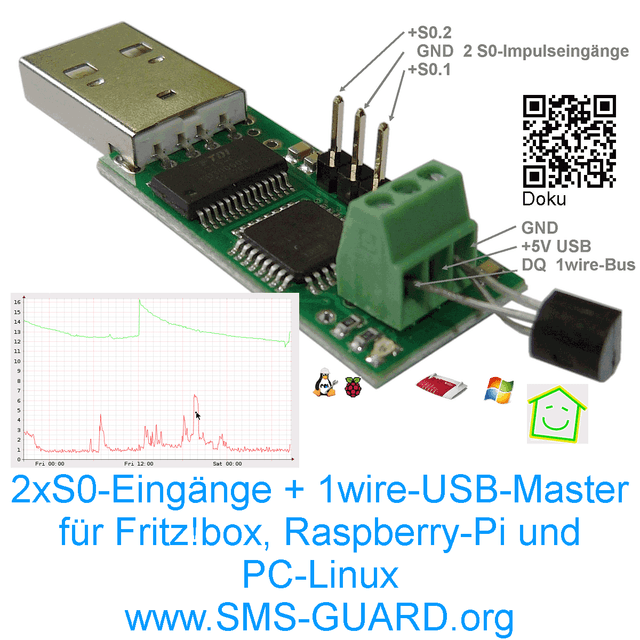
In my case, all components are on the same virtual machine, but since they communicate over TCP, they could also be distributed.Ī First Analysis Based on The Screenshot Above Note: The numbers in the data flow graph above are the TCP ports used by the different components.


Instead of a Raspberry Pi as per the instructions above, I installed the system in a virtual machine that runs on my VM host at home. The article linked to above is in German and those who speak the language will find step-by-step instructions of how to set up a system that collects and stores the data provided by the Fritzbox in an InfluxDB database and Grafana to visualize the data. So I started searching a bit and found out that a number of other people have been at this point before as well and have put together a complete data collection and visualization front-end for the information provided by the Fritzbox. Sounds promising! Together with the Grafana visualization suite that I also wanted to have a closer look at for quite some time now, it made for an interesting project. That’s a start but the amount of information is limited and so are the conclusions that can be drawn from it.īeyond these features, however, the Fritzbox has a number of counters that are updated every few seconds which can be queried over the network. My Fritzbox router has some basic functions for this such as showing the uplink and downlink utilization of the past few minutes and a daily, weekly and monthly traffic counter. One thing I wanted to have for a long time was a better visibility of how my DSL line at home is utilized over time.


 0 kommentar(er)
0 kommentar(er)
